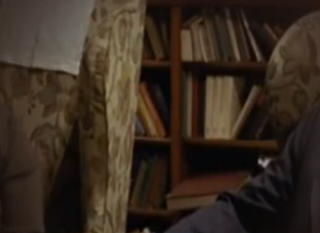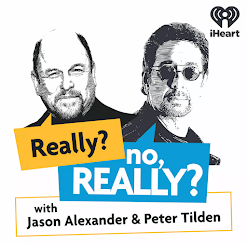Recently I was surprised to find a tweet in my notifications page that didn't @-mention me, it got there because the tweeter had included the link of an earlier tweet that I'd sent.
I use desktop Twitter (Twitter.com) and Echofon on iPhone and have only experienced this notification on the desktop version. It seems that others have also been experiencing it for the last few weeks and it may be something that Twitter is rolling out to everyone.
What is it?
If you include in your tweet an address link that looks like this
https://twitter.com/JoBrodie/status/514147218799222784
then the person whose name is in bold may well hear about it, on their notifications page / tab.
Why is this of interest or concern to anyone?
People have previously used the method of including a tweet's address to draw attention to a tweet's content indirectly without notifying the person. When this is done to point to something that someone's said, covertly, it is sometimes known as subtweeting (the term "subtweeting" covers a range of Twitter behaviours though).
What's changed?
Previously no-one would be notified if this happened, now they will. Of course people have always been able to search your tweets, if they're public, and see what you've written anyway but it wasn't brought to their attention ('surfaced') in quite the same.
What can be done?
Firstly be aware that sharing tweet URLs now seems to be equivalent to @-mentioning them. Whether or not this is a good way of including people in a conversation or of just annoying them will depend on the circumstances but best to know that they may see it.
Assuming you want to 'subtweet' covertly then the goal is to share the URL without triggering a notification.
Below are suggestions that I think will let you send a tweet without flagging it up. Remember though that if your tweets are public the person you're 'quoting' can always see your tweets (even if you've blocked them) so this isn't a foolproof method to let anyone snark with impunity.
Some methods are a little bit fiddly. To be honest if you want to be that secretive it's probably best to email people! But this post isn't really about the practical, more about the feasible - I'm interested more in the changing ways in which the technology behind Twitter works.
Sneaky workarounds
1. Take a screenshot
A picture of the link or the tweet won't trigger the notification.
2. Break the address
Twitter treats web addresses (and hashtags) as clickable things - it recognises that a string of words is a web address and automatically turns it blue / underlines it, makes it clickable and makes it point to the relevant address. Just stick some characters in the link to stop this from happening - make sure that the person to whom you're sending the tweet knows how to mend it again (or the link won't work!).
For example http://www.google^^^.co^^.uk will not be recognised as http://www.google.co.uk
3. Send it by DM
Although Twitter generally doesn't let you send many links via DM it does let tweet links go through fine. (But of course you can actually send any link by DM if you break it, as outlined in 2).
4. Use DoNotLink.com
This hides the URL and means that it probably doesn't currently trigger the notification (I've tried it and it doesn't, but not tested it to destruction, and Twitter is forever tweaking things). Incidentally you can cloak any URL this way so, for example, if you want to share the link of Widget.com's page without flagging this up to Widget Co (if they have a Twitter search running on 'widget' they'd come across your tweet) you can use this.
Note that other URL shorteners (bitly, is.gd, t.co etc) fail on this front. They won't hide the link for anyone searching, though I don't know if they will or won't trigger the notification.
5. Put the tweet you want to share in a Twitlonger post (but not in the first line).
Twitlonger lets you write more of a blog post than a tweet (you just log in by authorising it to interact with your Twitter account and start writing). It then posts just the first 120 or so of your post and adds a link so that people can click and go and read the post on the Twitlonger site. If you ensure that the link you want to share is placed after 120 or so characters it won't appear in the autoposted tweet and so can't trigger anything.
6. Share the minimum info needed to recreate the tweet
This is potentially risky because you'd have to include the person's name and if they have a search for that they'll see it immediately (whether or not this method triggers a particular 'your link has been mentioned' notification - I've not tried it and I don't think it does but not certain). If you and the person know who you are talking about you only need to share the link's string of digits to recreate the link.
All tweet addresses have the same format:
http://twitter.com / NAME / status / NUMBER
- if you know the NAME and the NUMBER you can recreate any link from scratch.
For my tweet above you only need JoBrodie and 514147218799222784 to recreate the full link.
















